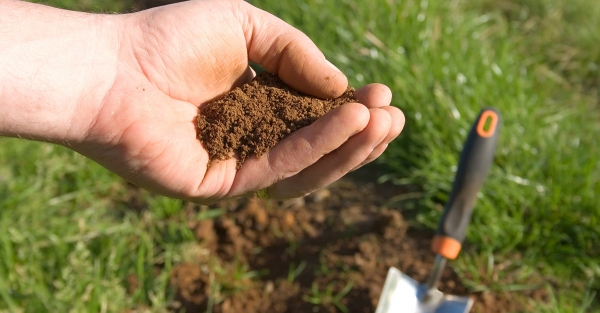
Deprecated: Function utf8_encode() is deprecated in /home2/equiters/public_html/article-detail.php on line 129
According to Soil Testing Equipment Manufacturers in India, soil testing is a process that aims to remove elements from the earth chemically. The quantity of nutrients in it helps in recommending the amount of fertilizer required for farming and agricultural purposes. Laboratory equipment for soil testing seeks to measure the humus matter, exchangeable acidity, and soil pH balance. Analyses indicate whether lime will be necessary or not.
The equipment
Soil testing experts always recommend using superior quality laboratory apparatuses to test the earth. Today, youâll find various manufacturers catering to clients all over the world. Knowing where to find such manufacturers, dealers, and exporters should be in your best interests. Reliable pieces of equipment will serve to examine the soil, plants, manure, and irrigation water. Experts utilize these devices to conduct soil testing, water quality assessment, and plant analysis to derive accurate results.
High-quality samples
You need to perform soil testing at the right time and in the right way. Experts say that you should take samples several months before undertaking a new landscaping project. If the test results suggest using lime, then youâll get adequate time to get it and apply it. In doing so, you will be able to restore the soil pH levels. In areas that have shrubberies, trees, lawns, and other perennials, you can conduct tests after three to four years.
Sampling separately
Itâs worth stating here that you have to use the products of Soil Testing Equipment Suppliers on each unique area separately. You have to combine at least six to eight sub-samples for every location. Additionally, if one zone features both healthy and unhealthy spots, you must create samples individually. Also, make sure that your hands and soil testing apparatuses are clean. You can use garden towels, soil probes, shovels, or spades, but stay away from galvanized tools at all costs. Otherwise, youâll end up contaminating the samples with copper or zinc.
